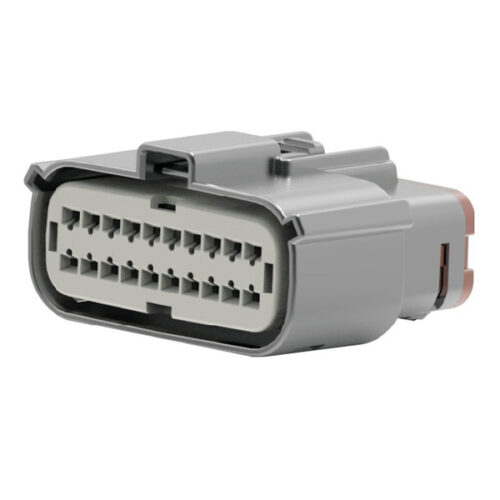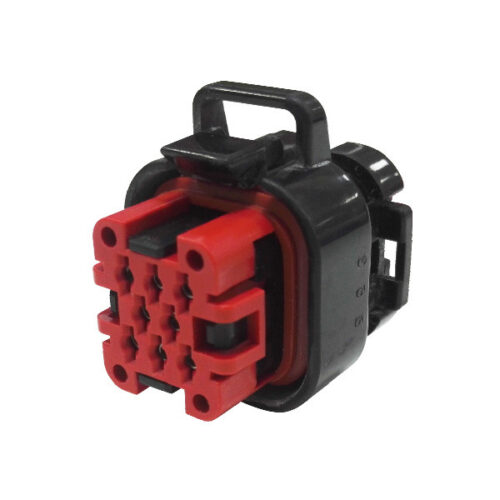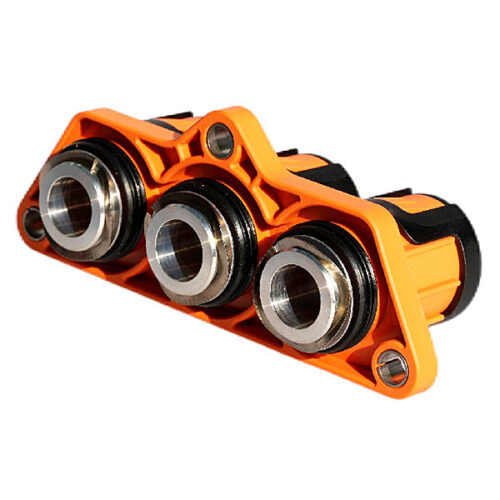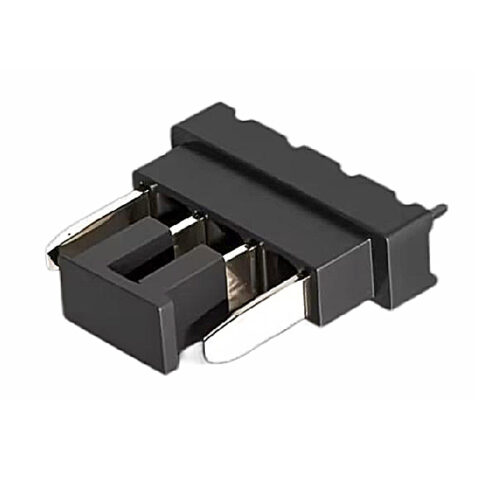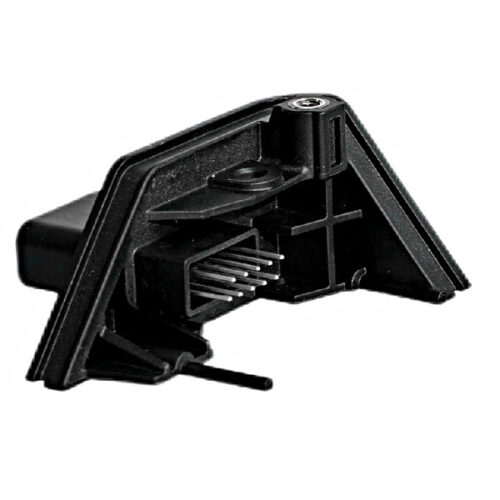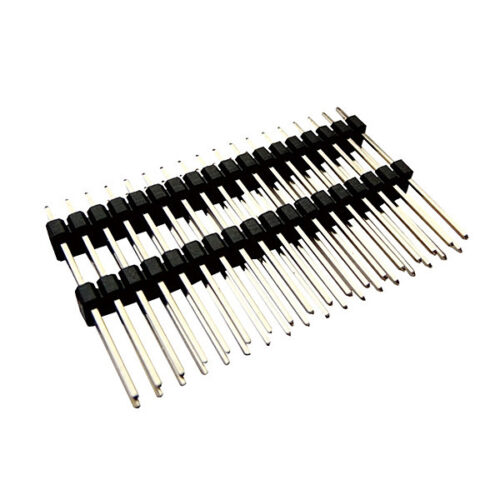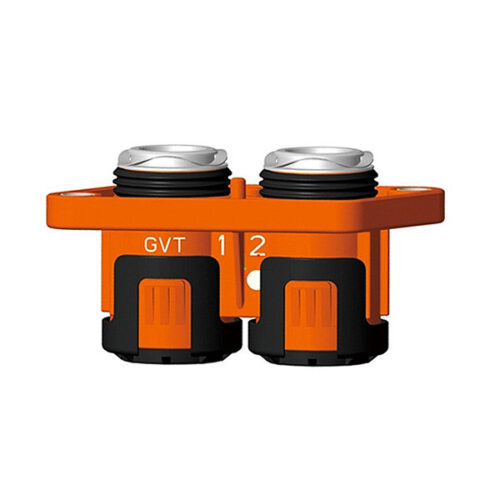Blogs & News
We are focus on automotive wiring harness & connectors technology.
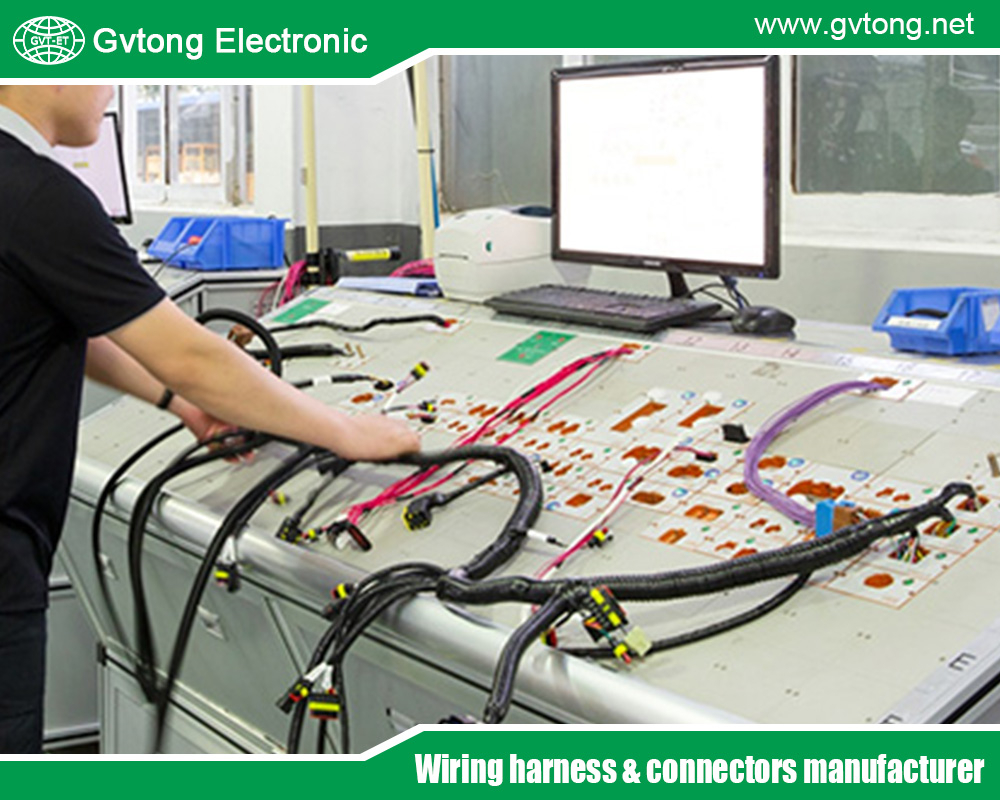
Guide to Trailer 4-Wire Electrical Connectors
- Gvtong Electronic
- 2 pin waterproof electrical connector, 4-wire electrical connectors, automotive antenna connector, automotive coaxial connector, automotive data connector, automotive diagnostic connector, automotive electrical connector, automotive electrical connector manufacturers, automotive electrical connector suppliers in thailand, automotive electrical connector types chart, Automotive electrical connectors, automotive electrical connectors kit, Automotive Electrical Connectors Manufacturer In Thailand, Automotive Electrical Connectors Thailand, Automotive electrical connectors types, automotive electrical connectors waterproof, automotive high - frequency, automotive High voltage connector, automotive hybrid connector, automotive Low voltage connector, automotive Oil-resistant Connectors, automotive optical fiber connector, automotive power distribution, automotive Signal Connector, automotive vibration - resistant, automotive waterproof connectors, automotive waterproof electrical connectors, best automotive electrical connector suppliers in thailand, electrical connector, electrical connector factory, electrical connector manufacturer, electrical connector supplier, Electrical Connectors Manufacturer Companies in India, Heavy Duty Electrical Connector India, heavy duty waterproof electrical connectors, waterproof electrical connector, waterproof electrical connectors 120v
- No Comments
Guide to Trailer 4-Wire Electrical Connectors
Trailer towing is a common task for vehicle owners, whether for hauling boats, campers, or utility trailers. A critical component of safe towing is the electrical connection between the tow vehicle and the trailer, which ensures that lights and signals function properly. Among the various wiring systems, the 4-wire electrical connector is one of the most widely used due to its simplicity and compatibility with light-duty trailers. This guide provides a comprehensive overview of 4-wire electrical connectors, including their purpose, components, installation, troubleshooting, and maintenance. Whether you’re a novice or an experienced tower, understanding the 4-wire system will enhance safety and compliance with road regulations. This article will demystify the wiring process, offer practical tips, and address common issues to keep your trailer lights operational.
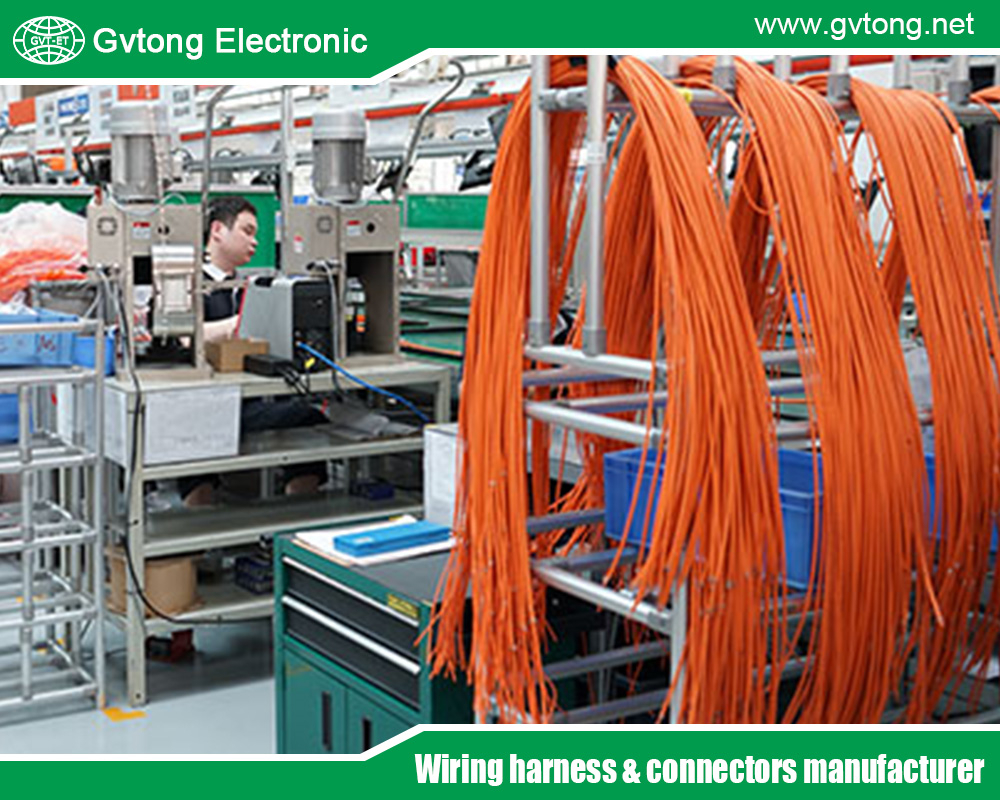
What Is a 4-Wire Electrical Connector?
A 4-wire electrical connector is a standardized wiring system used to connect a tow vehicle’s electrical system to a trailer’s lighting system. It typically consists of four color-coded wires, each serving a specific function:
- Brown Wire: Tail lights, running lights, and license plate lights.
- Yellow Wire: Left turn signal and brake light.
- Green Wire: Right turn signal and brake light.
- White Wire: Ground connection.
This configuration is common in North America for light-duty trailers, such as utility trailers, small boat trailers, or lightweight campers. The 4-wire system is designed for basic lighting functions and does not typically support auxiliary power or electric brakes, which require additional wires (e.g., 5-, 6-, or 7-wire systems).
The connector usually comes in two forms: a flat 4-pin connector (most common) or a round 4-pin connector. The flat connector is widely used due to its ease of use and compatibility with most vehicles and trailers. Understanding the purpose of each wire is crucial for proper installation and troubleshooting.
Why Use a 4-Wire Connector?
The 4-wire connector is popular for several reasons:
- Simplicity: With only four wires, it’s easy to install and maintain, making it ideal for DIYers.
- Cost-Effectiveness: Components are affordable and widely available.
- Compatibility: Most light-duty trailers and tow vehicles support the 4-wire system.
- Regulatory Compliance: It ensures that trailers have functional tail lights, turn signals, and brake lights, meeting Department of Transportation (DOT) requirements in the U.S.
However, the 4-wire system has limitations. It doesn’t support advanced features like electric brakes or reverse lights, which require additional wiring. For users with basic towing needs, the 4-wire system is sufficient and reliable.
Components of a 4-Wire System
To set up a 4-wire system, you’ll need the following components:
- 4-Pin Connector Plug and Socket: The plug attaches to the trailer, and the socket is on the tow vehicle.
- Wiring Harness: A bundle of color-coded wires connecting the trailer’s lights to the plug.
- Trailer Lights: Tail lights, turn signals, and brake lights compatible with the wiring system.
- Grounding Hardware: Screws or bolts to secure the ground wire to the trailer frame.
- Electrical Tape or Heat Shrink Tubing: For insulating connections and preventing shorts.
- Wire Strippers and Crimpers: Tools for preparing and connecting wires.
- Connectors: Butt connectors or quick-splice connectors for joining wires.
Optional components include a junction box for organizing connections and a tester to verify circuit functionality. Using high-quality, weather-resistant components is essential to prevent corrosion and ensure longevity.
How to Install a 4-Wire Electrical Connector
Installing a 4-wire connector is a straightforward process that requires basic tools and electrical knowledge. Follow these steps:
Gather Tools and Materials:
- 4-pin connector kit, wiring harness, trailer lights, wire strippers, crimpers, electrical tape, and a multimeter or circuit tester.
- Safety gear like gloves and safety glasses.
Plan the Wiring Route:
- Map out the path of the wiring from the trailer’s lights to the front of the trailer, avoiding sharp edges and moving parts.
- Ensure the wiring is long enough to reach the tow vehicle’s socket.
Connect the Trailer Lights:
- Attach the brown wire to the positive terminal of the tail lights and running lights.
- Connect the yellow wire to the left turn signal/brake light and the green wire to the right turn signal/brake light.
- Use butt connectors or solder for secure connections, and insulate with electrical tape or heat shrink tubing.
Ground the System:
- Attach the white wire to the trailer frame using a self-tapping screw or bolt.
- Ensure a clean, rust-free metal surface for a solid ground connection.
Install the 4-Pin Plug:
- Strip the ends of the wires and connect them to the corresponding terminals on the 4-pin plug (follow the manufacturer’s diagram).
- Secure the plug to the trailer tongue to prevent it from dragging.
Test the Connections:
- Plug the trailer into the tow vehicle’s 4-pin socket.
- Turn on the vehicle’s headlights, left turn signal, right turn signal, and brakes to verify that all lights function correctly.
- Use a multimeter or circuit tester to check for continuity if any lights fail.
Secure the Wiring:
- Use zip ties or clips to secure the wiring along the trailer frame, protecting it from damage.
Tips:
- Double-check connections to avoid crossed wires (e.g., yellow wire on the right side).
- Apply dielectric grease to the connector pins to prevent corrosion.
- If the tow vehicle lacks a 4-pin socket, install a vehicle-side wiring harness (available as a plug-and-play kit for most vehicles).
Troubleshooting Common Issues
Even with proper installation, issues can arise. Here are common problems and solutions:
No Lights Work:
- Cause: Poor ground connection or disconnected plug.
- Solution: Check the white wire’s ground point for corrosion or looseness. Ensure the plug is fully inserted into the socket.
One Side’s Lights Don’t Work:
- Cause: Faulty wiring or bulb on the affected side.
- Solution: Inspect the yellow (left) or green (right) wire for breaks or loose connections. Replace bulbs if necessary.
Dim or Flickering Lights:
- Cause: Weak ground or corroded connectors.
- Solution: Clean the ground point and connector pins with a wire brush. Apply dielectric grease.
Turn Signals Work, but Brake Lights Don’t:
- Cause: Incompatible vehicle wiring or faulty converter.
- Solution: Some vehicles require a powered tail light converter to combine turn and brake signals. Install one if needed.
Intermittent Issues:
- Cause: Loose connections or exposed wiring.
- Solution: Secure all connections and inspect wiring for damage. Replace worn insulation.
- Pro Tip: Carry a spare 4-pin plug, bulbs, and electrical tape for roadside repairs.
Maintenance Tips
To ensure long-term reliability:
- Inspect Regularly: Check wiring and connectors for wear, corrosion, or damage before each trip.
- Clean Connectors: Use contact cleaner or a wire brush to remove corrosion from pins.
- Protect from Weather: Apply dielectric grease to connectors and store the plug in a protective cover when not in use.
- Replace Worn Parts: Swap out frayed wires or cracked connectors promptly.
- Test Before Trips: Verify all lights function before towing to avoid fines or accidents.
Upgrading or Alternatives
If your towing needs change, you may need a different system:
- 5-Wire Systems: Add a wire for electric brakes or auxiliary power.
- 6- or 7-Wire Systems: Support heavy-duty trailers with reverse lights, brakes, and 12V power.
- Adapters: Use a 4-to-7-pin adapter if your vehicle has a 7-pin socket but your trailer uses a 4-pin plug.
Consult a professional if upgrading to a more complex system, as it may require rewiring or additional components.
Safety and Legal Considerations
Properly functioning trailer lights are not just a convenience—they’re a legal requirement. In the U.S., DOT regulations mandate that trailers have operational tail lights, brake lights, and turn signals. Faulty wiring can result in fines or accidents. Always test your lights before towing and carry spare parts for emergencies. Additionally, ensure your tow vehicle’s electrical system can handle the trailer’s load to avoid blown fuses or damaged wiring.
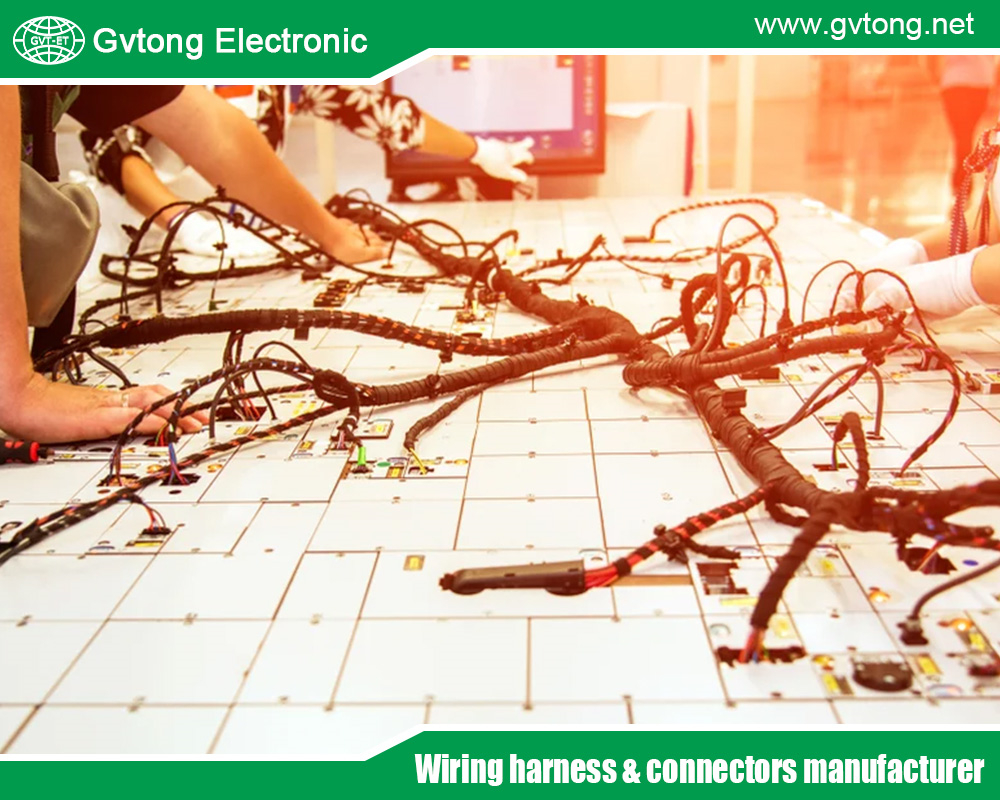
Conclusion
The 4-wire electrical connector is a reliable, cost-effective solution for light-duty trailer towing. By understanding its components, installation process, and maintenance needs, you can ensure safe and legal operation on the road. Whether you’re wiring a new trailer or troubleshooting an existing setup, this guide provides the knowledge to tackle the task with confidence. Regular maintenance and prompt repairs will keep your trailer lights shining bright, enhancing safety for you and other drivers. If your towing needs evolve, consider upgrading to a more advanced system, but for most light trailers, the 4-wire connector is all you need.
For more about guide to trailer 4-wire electrical connectors, you can pay a visit to Gvtong at https://www.gvtong.net/ for more info.

